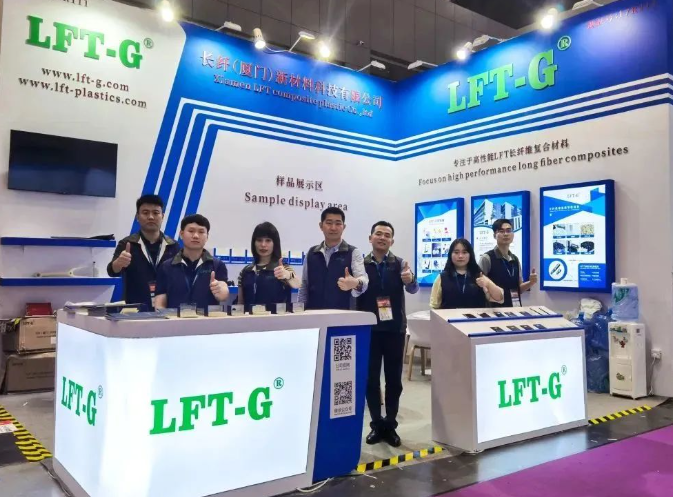new blog
1. Preface
Carbon fiber refers to the high strength and high modulus fiber with carbon content above 90%. The high temperature resistance is the first among all chemical fibers. It is made of acrylic and viscose fiber as raw material and oxidized and carbonized by high temperature.
Material characteristics: carbon fiber is mainly composed of carbon elements, with high temperature resistance, anti-friction, electrical conductivity, thermal conductivity and corrosion resistance, etc. It is fibrous in shape, soft and can be processed into various fabrics, and has high strength and modulus along the fiber axis due to its graphite microcrystalline structure along the fiber axis with merit orientation. The low density of carbon fibers results in high specific strength and modulus. The main use of carbon fiber is as a reinforcing material compounded with resins, metals, ceramics and carbon to make advanced composite materials.
Carbon fiber reinforced epoxy resin composites have the highest specific strength and modulus among existing engineering materials.
2. Performance
(1) Mechanical properties
Carbon fiber composites have high tensile strength, high modulus, low density, high specific strength and high specific modulus. Compared with traditional metal materials, carbon fiber composites are light in mass, high in strength and high in toughness, and have obvious advantages. Compared with silica-based fiber composites, which are also new materials, the tensile strength of carbon-based fibers is about 3-7 times higher. The modulus of elasticity of carbon matrix fiber is higher than that of silicon matrix fiber, so the strain of carbon fiber composite is smaller under the same external load, and the stiffness of its parts is higher than that of silicon matrix fiber composite parts. The elongation at break of high modulus carbon fiber is about 0.5%, that of high strength carbon fiber is about 1%, that of silica-based fiber is about 2.6%, and that of epoxy resin is about 1.7%, so the strength of fiber in carbon fiber composites can be fully exerted.
Because of the brittleness of carbon fiber and poor impact performance, the tensile damage mode of carbon fiber composites belongs to brittle damage, that is, there is no obvious plastic deformation before pulling off, and the stress-strain curve is straight, which is similar to glass fiber, except that the modulus is higher and the elongation at break is lower than that of glass fiber. Carbon fiber composites have good resistance to high and low temperatures. In the isolation of air (inert gas protection), 2000 ° C still has strength, and liquid nitrogen does not break brittle.
(2) Corrosion resistance
Carbon fiber composites can be oxidized by strong oxidizing agents such as concentrated nitric acid, hypochlorous acid and dichromate, but the effect of general acids and bases on it is very small, so it has better corrosion resistance than silicon-based fiber composites. Carbon fiber composites do not react with hydrolysis in wet air like silicon-based fiber composites, and have good water resistance and resistance to moisture and heat aging. In addition, it also has the characteristics of oil resistance, radiation resistance and deceleration in word movement.
3. Application of carbon fiber composites
With its excellent performance, carbon fiber composite materials have been widely used in various fields, mainly in aerospace, automotive, structural reinforcement engineering, new energy development, leisure products, etc.
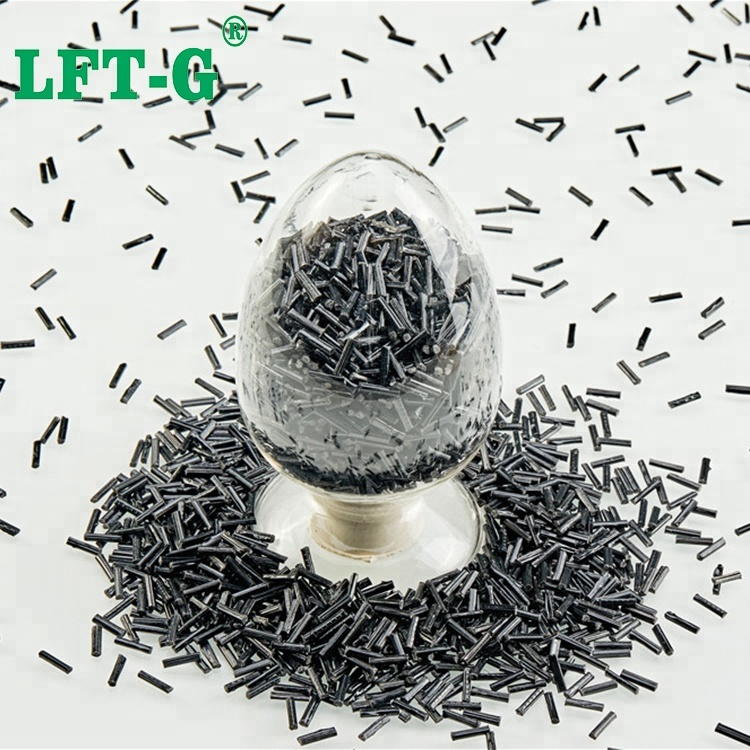
Here are the finished products made from our materials:
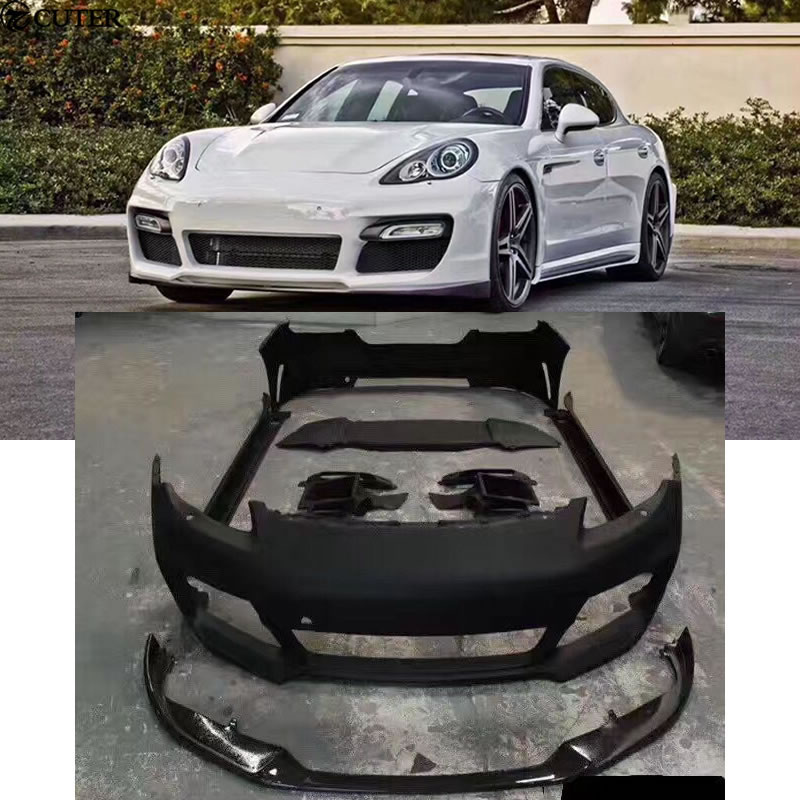
Car body
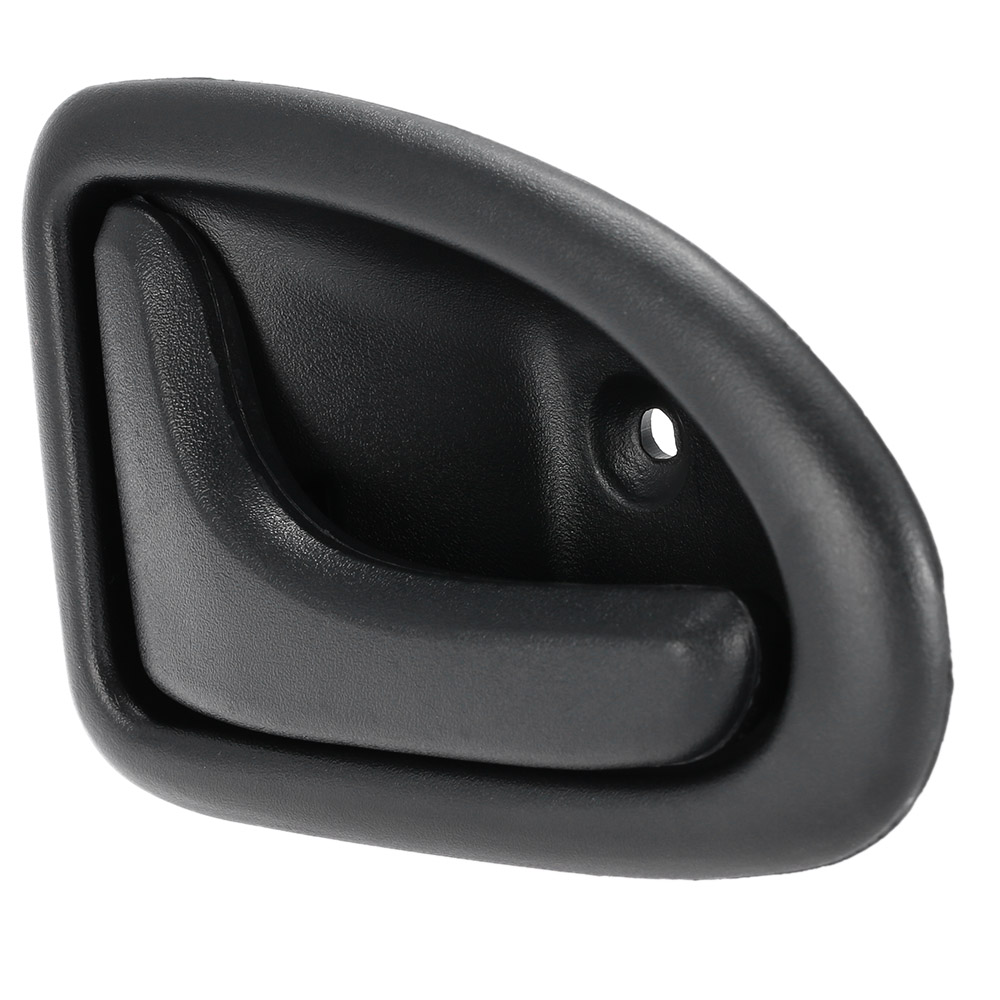
Door handle
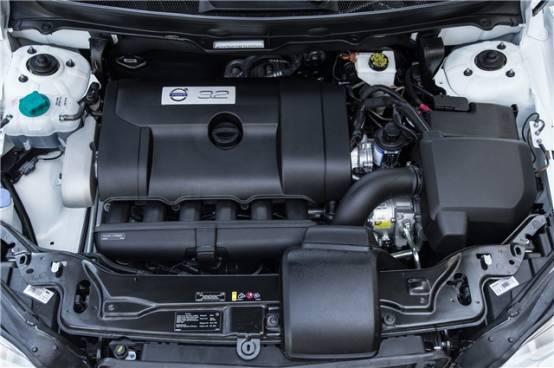
Engine room
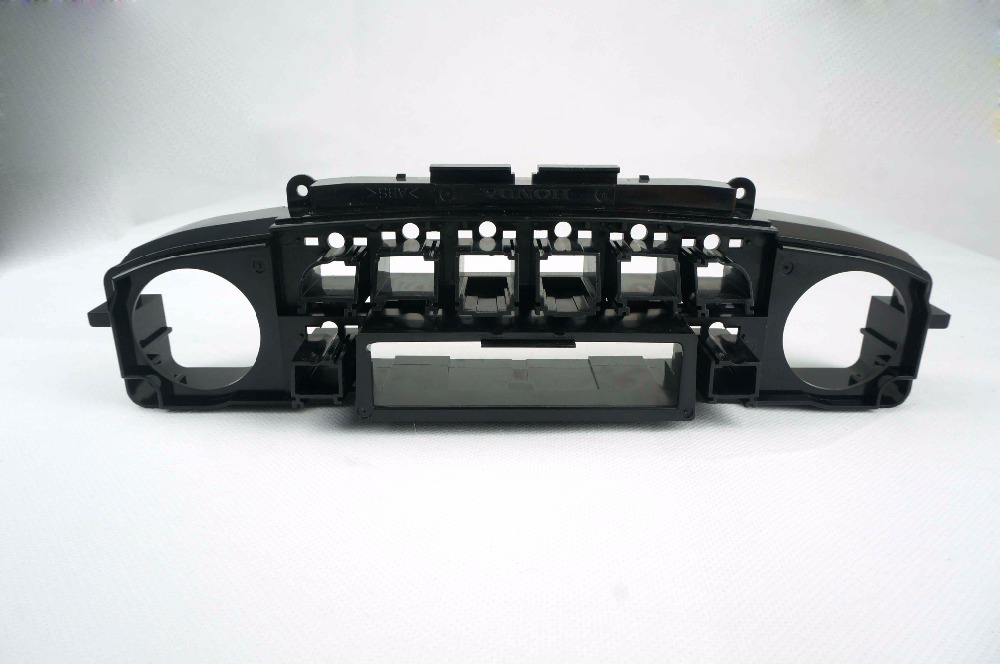
Car interiors
We will offer you
1. LFT&LFRT material technical parameters and leading edge design
2. Mold front design and recommendations
3. Provide technical support such as injection molding and extrusion molding
